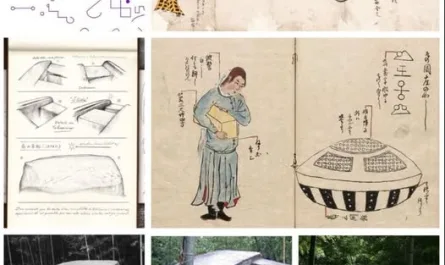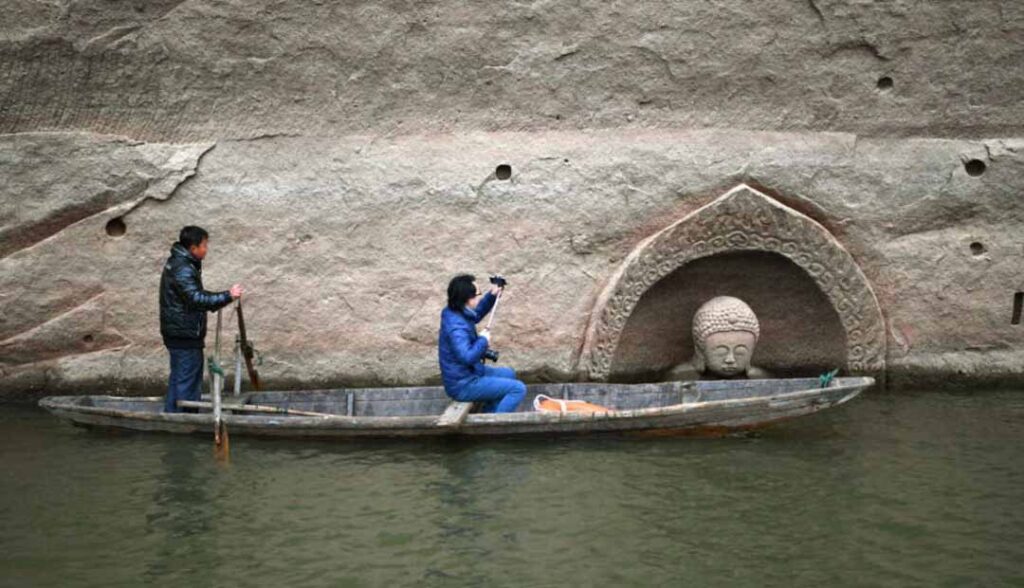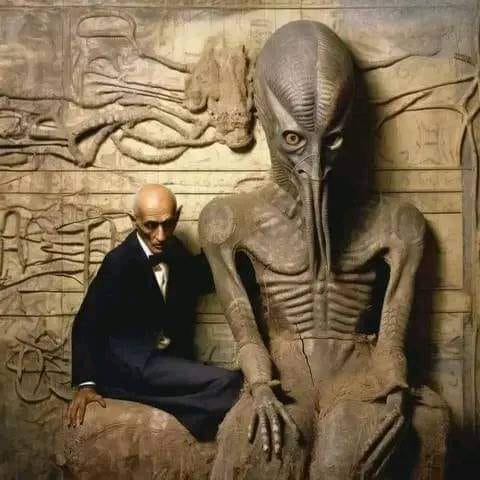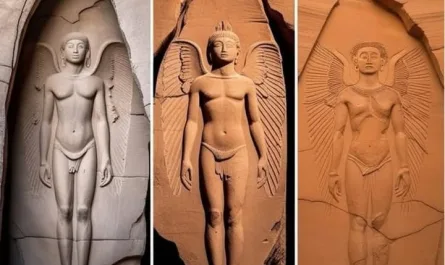Mummified Pregnant Woman of Thebes: A Window into Ancient Egyptian Life and Death
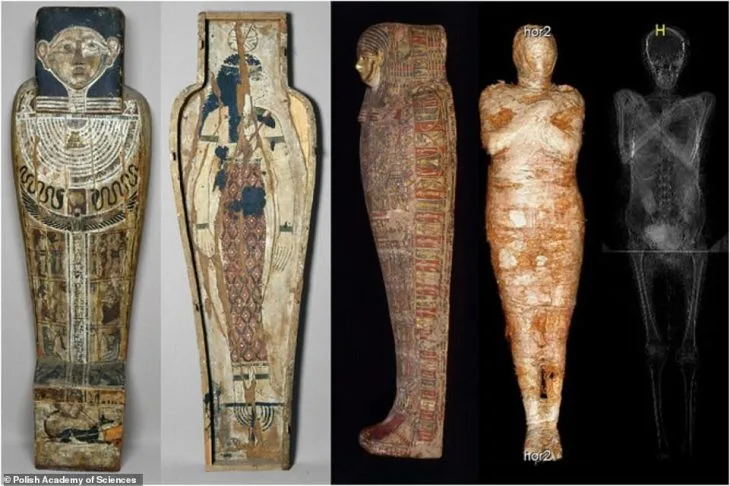
Archaeologists have unveiled a groundbreaking discovery in Thebes, Egypt, unearthing the first known mummified pregnant woman, dating back over 2,000 years to the Ptolemaic period (circa 332–30 BCE). Believed to be in her 20s, this woman was 28 weeks pregnant at the time of her death, with advanced CT scans and X-rays revealing the remains of her fetus, estimated at 26–30 weeks, still within her. Now housed at the National Museum in Warsaw, the mummy, wrapped in fine cloth and buried with amulets, hints at her status as a significant figure in Theban society. As of 10:33 PM MDT on July 11, 2025, this find offers profound insights into ancient Egyptian funerary practices, views on pregnancy, and perinatal health, raising intriguing questions about the secrets this ancient mother and her unborn child may hold.
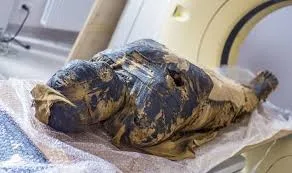
Discovery and Context
The mummy was excavated in Thebes, a cultural and religious hub on the Nile’s west bank, known for its necropolises like the Valley of the Kings. Unearthed during a 2021 expedition by the Warsaw Mummy Project, led by Dr. Wojciech Ejsmond, the find was initially misidentified as a typical female mummy. Advanced imaging, conducted with Poland’s National Centre for Nuclear Research, revealed the fetus, marking a rare instance of intentional mummification of a pregnant woman. Thebes, flourishing under Ptolemaic rule after Alexander the Great’s conquest, blended Egyptian and Greek traditions, suggesting this burial reflects a unique cultural moment around 200–100 BCE.
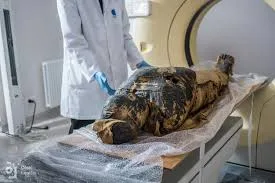
Physical and Funerary Insights
The mummy, wrapped in high-quality linen, bears evidence of careful preservation, with amulets—likely of Isis or Hathor, deities of motherhood—placed to protect her in the afterlife. The fetus, positioned head-down, indicates a late-stage pregnancy, possibly ending due to complications like eclampsia or infection, though the cause remains speculative without DNA analysis. The mummification process, typically avoiding abdominal incisions to preserve the body, included the fetus, suggesting deliberate inclusion rather than accidental preservation, a practice not previously documented.
This contrasts with common Egyptian mummification, where pregnant women were rarely preserved intact, and fetuses were often removed or buried separately. The fine wrappings and amulets imply she held social or religious importance—perhaps a priestess or noblewoman—challenging assumptions about who received such care.
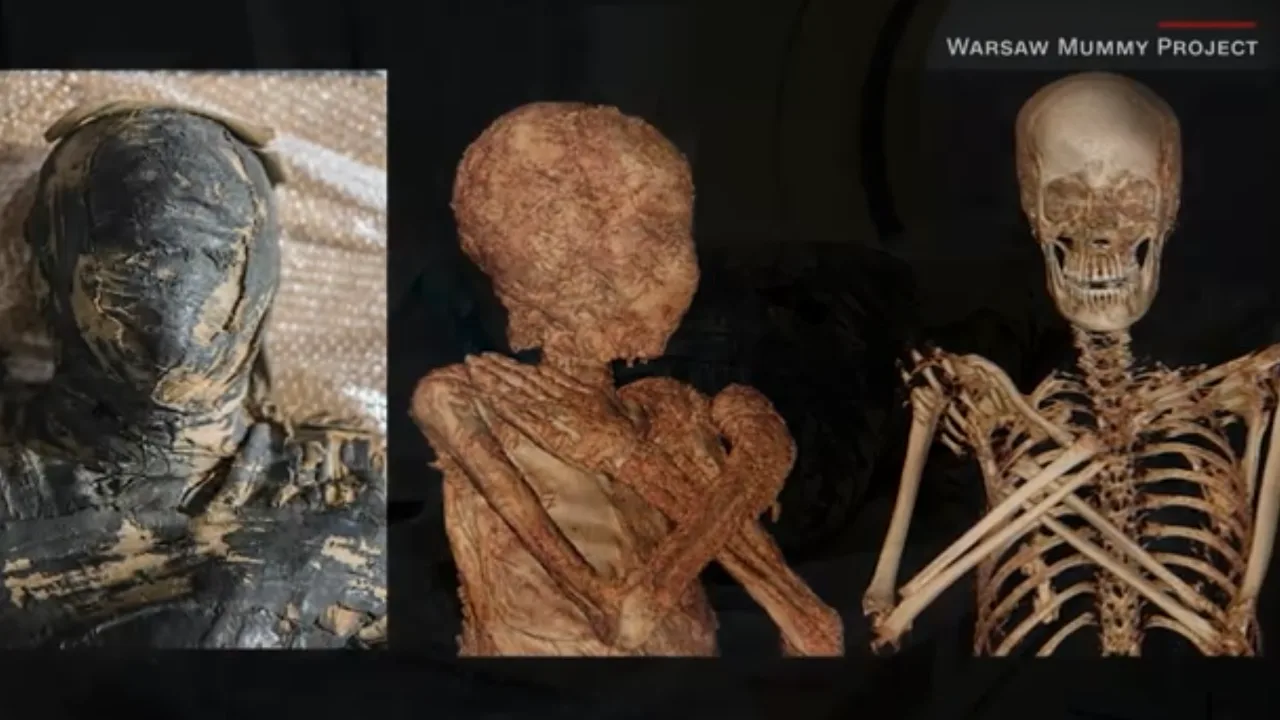
Cultural and Medical Significance
This discovery sheds light on ancient Egyptian attitudes toward pregnancy and death. The inclusion of the fetus may reflect a belief in the afterlife continuity of both mother and child, aligning with Egyptian views of resurrection, where the ka (spirit) required a preserved body. Amulets suggest rituals to ensure safe passage, possibly invoking divine protection for the unborn, hinting at a nuanced understanding of perinatal loss.
Medically, the find opens new avenues for studying ancient perinatal health. The fetus’s development—showing limbs and a head—offers clues about nutrition, maternal health, and potential causes of death, such as placental issues or trauma. Comparative studies with other mummies could reveal pregnancy-related mortality rates, rare in the archaeological record due to the focus on adult male burials.
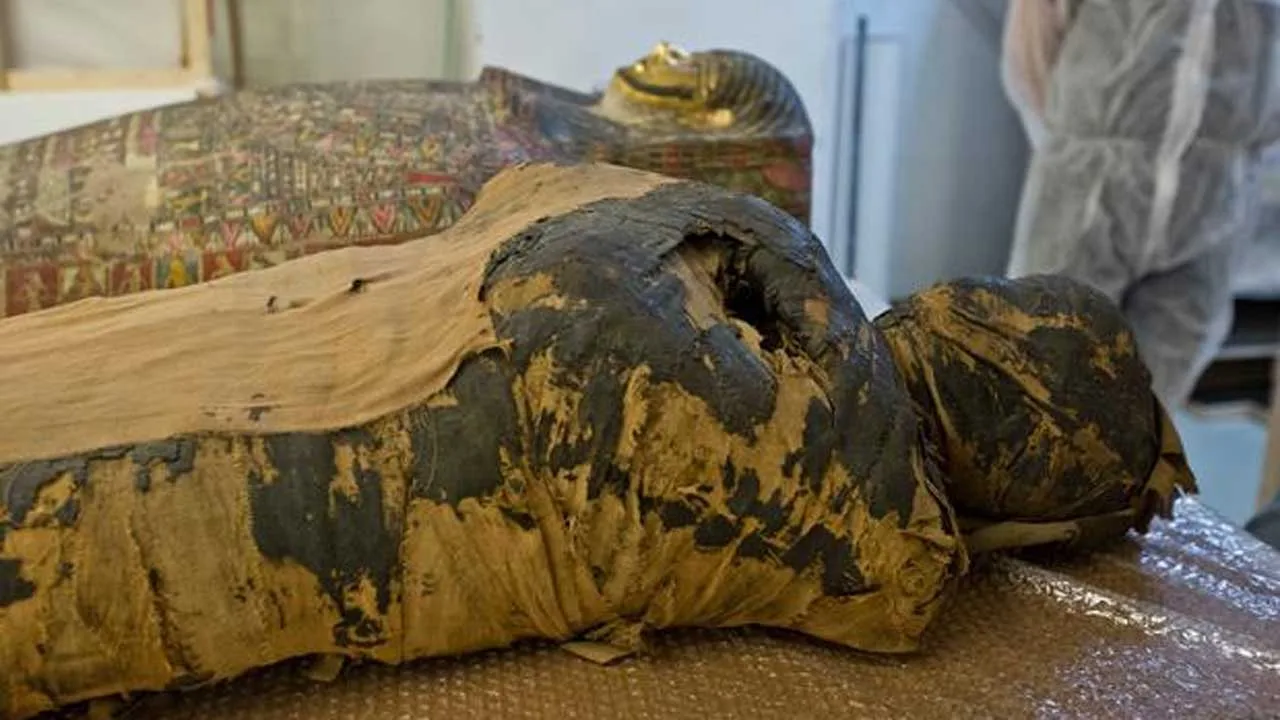
Potential Secrets and Speculation
What secrets might this mother and child hold? Several possibilities emerge:
Social Status and Role: The amulets and fine burial suggest she was no ordinary citizen. Was she a temple attendant, a noble’s wife, or a figure tied to fertility cults? Her status might explain the unprecedented mummification choice.
Cause of Death: Advanced imaging could detect signs of disease (e.g., malaria, common in Thebes) or obstetric complications. Did she die in childbirth, or was her pregnancy a secondary factor in a broader illness?
Fetal Health: The fetus’s condition—its size and development—might indicate maternal diet or environmental stressors, offering a snapshot of life expectancy and prenatal care in Ptolemaic Egypt.
Spiritual Beliefs: The burial’s intent—preserving both lives—could reveal evolving religious practices, blending Egyptian and Hellenistic ideas about the afterlife, especially during the Ptolemaic era’s cultural fusion.
Skepticism exists about the mummification’s intent—some argue the fetus’s presence might be incidental, preserved by natural processes rather than design. However, the careful wrapping leans toward intentionality, a theory supported by the Warsaw team’s 2025 follow-up studies.
Preservation and Public Engagement
Displayed at the National Museum in Warsaw since 2023, the mummy is preserved in a climate-controlled case, with ongoing research using non-invasive techniques to avoid damage. The museum offers virtual tours and a 2025 exhibit, “Life Before Death,” detailing the find’s significance. Entry costs 30 PLN ($7.50 USD), with free access on Thursdays. Posts on X praise its “mind-blowing” implications, though some question the ethics of display, prompting educational outreach to address such concerns.
Future Prospects
Future research, including DNA sequencing and 3D modeling, aims to pinpoint the cause of death and fetal development, potentially linking to other Theban mummies. Collaboration with Egyptian authorities could expand the study, while public programs might encourage global seed banks to preserve genetic insights, mirroring efforts like the Svalbard Vault.
